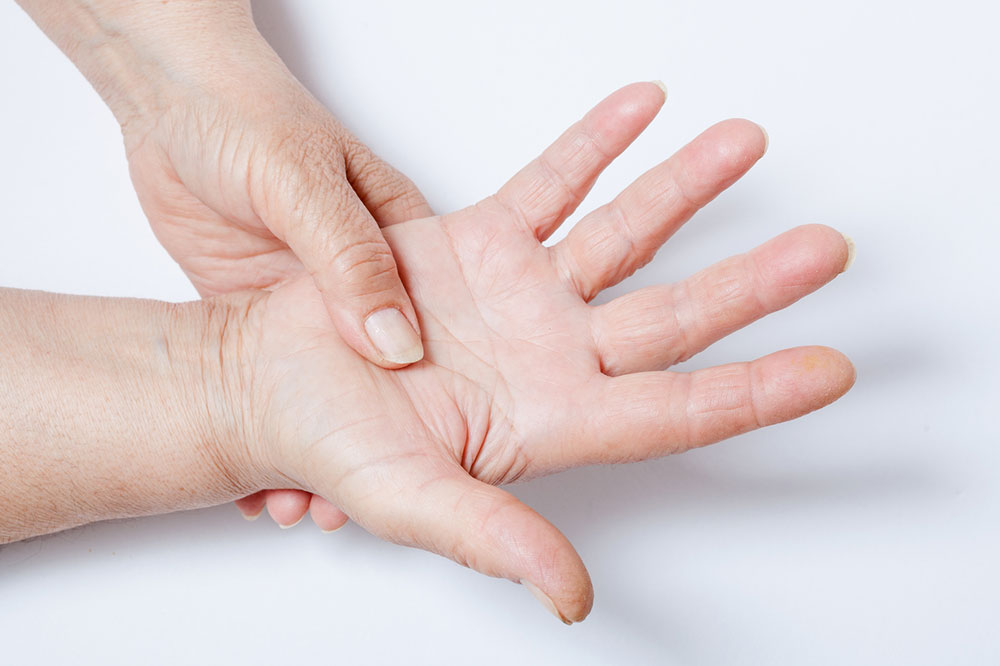Common joint conditions and their symptoms and risk factors
Joint conditions are commonly associated with increasing age, but they can also be a result of injuries or may develop due to other medical conditions affecting bone and joint health. Arthritis, a commonly diagnosed joint condition, has over 200 types. Depending on the severity of the disease, these conditions can also affect a patient’s quality of life.
Read on to know the symptoms, causes, and factors that increase one’s risk of developing joint conditions.
Symptoms of joint conditions
The following are some of the symptoms that most joint conditions are accompanied by:
- Joint stiffness
- Weakness in the joints
- Inflammation, swelling, and redness of the affected joint
- Limping due to pain and stiffness
- Joint getting locked
- Tearing of the cartilage
Commonly-diagnosed joint conditions and their causes
- Osteoarthritis
This form of arthritis involves the wear-and-tear of the joint’s cartilage, which means the risk of developing this disease elevates with age.

Rheumatoid arthritis primarily affects the joints, but it can also damage the eyes, lungs, blood vessels, heart, and skin.
Factors that increase the risk of joint conditions
- Weight
Being overweight or obese puts excess pressure on the joints and particularly exerts pressure on the spine, hips, and knees. So, it’s important to follow a balanced diet and lead a physically active lifestyle to stay in good shape and reduce the risk of joint pains. - Previous joint injury flaring up
If one has injured a joint in the past, there is a high risk of joint discomfort in the same joint. To prevent this, it is important to treat the joints very carefully and take measures to improve bone health, especially for people with a previous joint injury or susceptible to developing joint conditions. - Age
With advancing age, a person becomes more susceptible to health problems, including joint conditions as the body weakens and bone density reduces. - Family history of joint conditions
Joint conditions may run in the family, so one should undergo regular checkups, especially if one of their family members is suffering from a joint condition. One can also approach a doctor and a nutritionist for advice on how to prevent specific joint conditions by incorporating dietary and lifestyle changes.
By understanding the symptoms, causes, and risk factors associated with joint conditions, it is advisable to take proactive preventive measures to keep them at bay.

